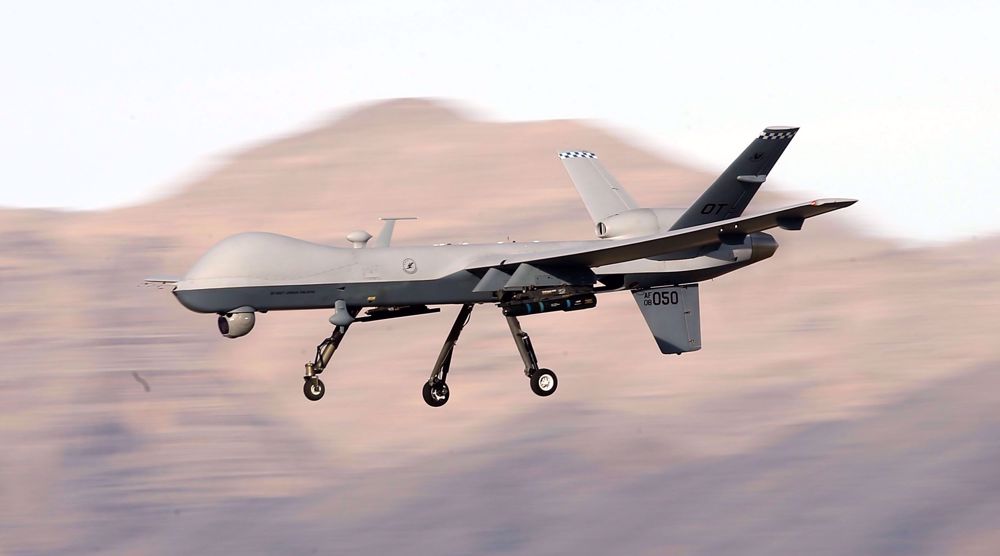2016 most dangerous year ever for Afghan journalists: Report
At least 10 professional journalists have been killed in the line of duty in Afghanistan, making 2016 the most violent year so far for reporters in the history of the war-ravaged country.
The Afghan Journalists’ Safety Committee (AJSC), which released its January-June findings, said that it had documented at least 54 cases of violence against journalists across the country since the beginning of the year.
The latest figures show a 38-percent increase over the same period of time last year.
The report said the incidents included killings, detentions, intimidation and attacks against journalists.
It also stated that the Kabul government was responsible for 21 violent incidents, while the Taliban militant group was responsible for 16 cases. However, it did not give any specific details as to those government individuals involved.
The report also said the number of cases involving the Taliban has drastically increased compared to previous years.
The media watchdog also said the number of female journalists has decreased amid a worsening security situation in the country.
"Women have maintained weaker roles in leadership and news sections, highlighting a setback in the presence and qualitative growth of women in the media," the report said, adding, "Currently, women’s presence in the media is largely limited to urban areas."
On June 5, an American journalist and his Afghan translator were killed in an ambush by the Taliban militants in the southern province of Helmand. David Gilkey of the US National Public Radio (NPR) and his interpreter, Zabihullah Tamanna, who were traveling with the Afghan army, came under fire by the militants near the town of Marjah.

Gilkey had been covering the conflict in Afghanistan and Iraq since the US invasion of the two countries in early 2000s.
Helmand and other southern Afghan provinces have been the scene of deadly fighting between the Taliban militants and government forces in recent months.
The last foreign journalist killed in the country was Anja Niedringhaus, an Associated Press photographer who was shot to death by an Afghan policeman while covering the elections in 2014.
In January, at least seven Afghan media workers were killed and more than two dozen were seriously injured in a bomb attack targeting a bus transporting journalists from the Afghan television channel, Tolo TV, in Kabul.
Dozens of foreign journalists have been killed since 1992 in Afghanistan, which is one of the most dangerous countries for media, according to the Committee to Protect Journalists.
Houthi: Yemen preparing for 'fourth phase' of Red Sea operations
Report: Turkey halts all trade with Israel over war on Gaza h
Macron: Western troops in Ukraine possible if front lines breached
University in Tehran offers scholarship to expelled students in US, Europe
All European nationalists are hidden Brexiteers: Macron
Iran says all crew of seized ship released on 'humanitarian' grounds
VIDEO | Seoul activists demand arms embargo against Israel
UK students occupy campuses in protest at Israeli war on Gaza
















 This makes it easy to access the Press TV website
This makes it easy to access the Press TV website